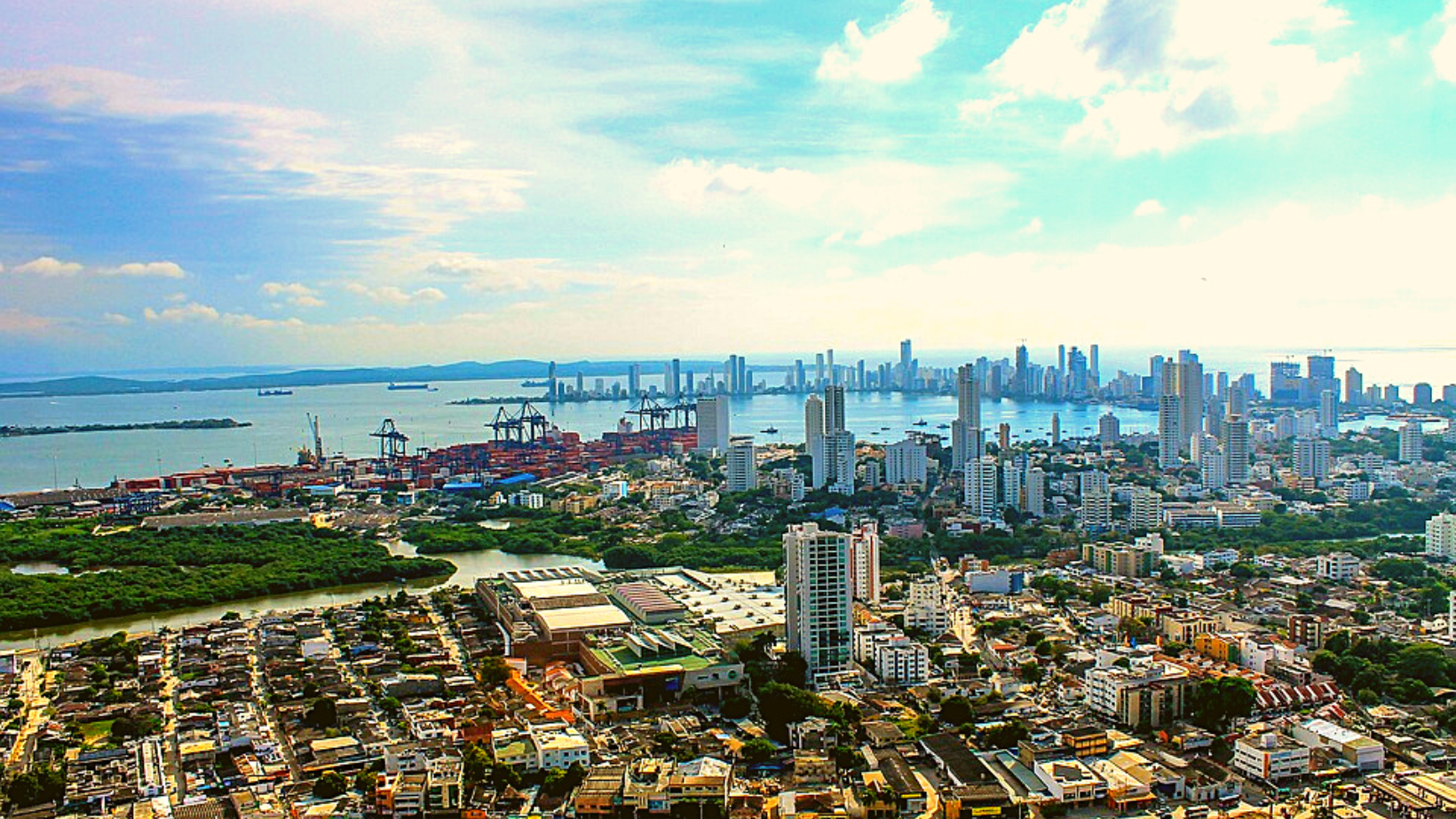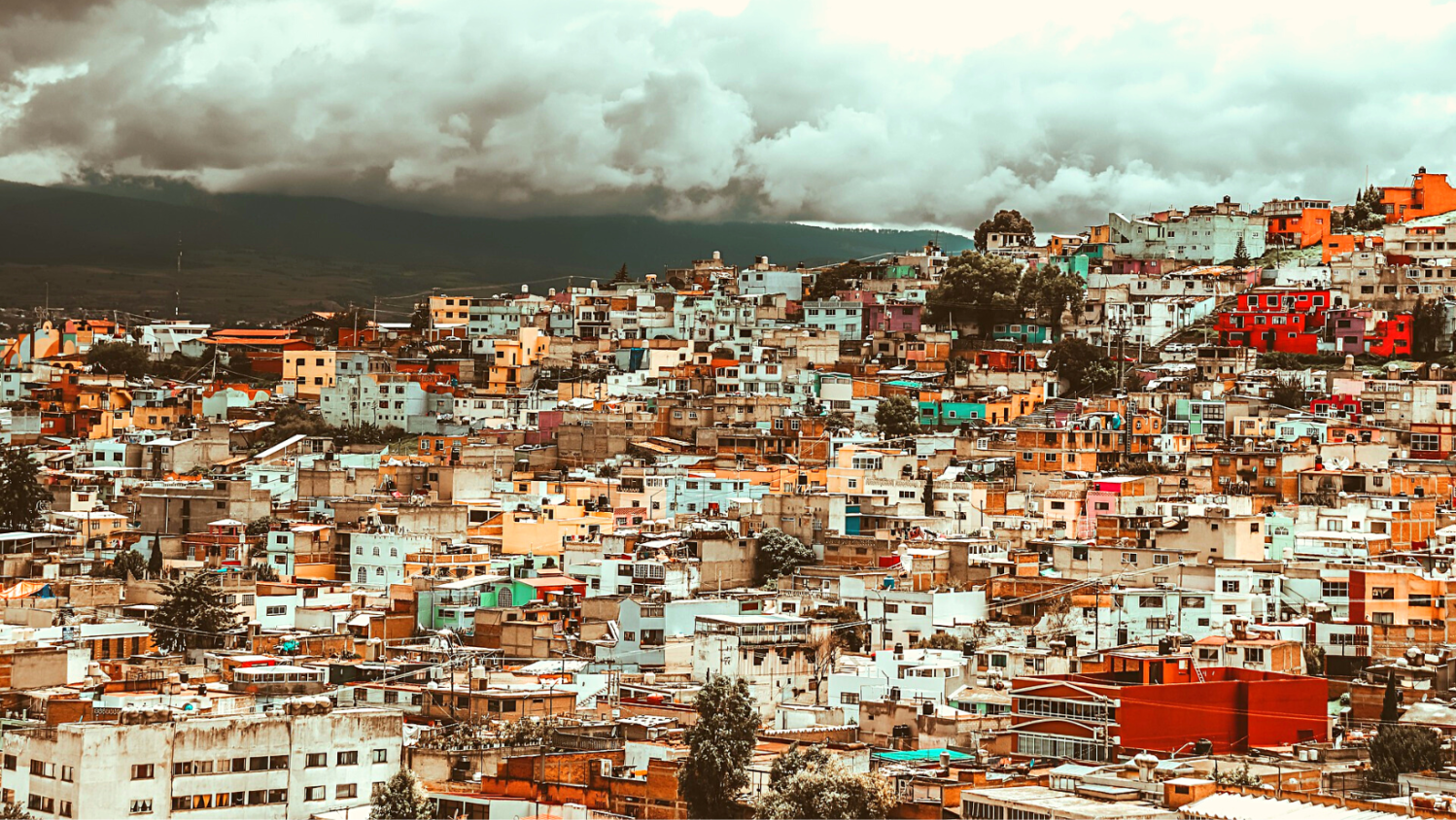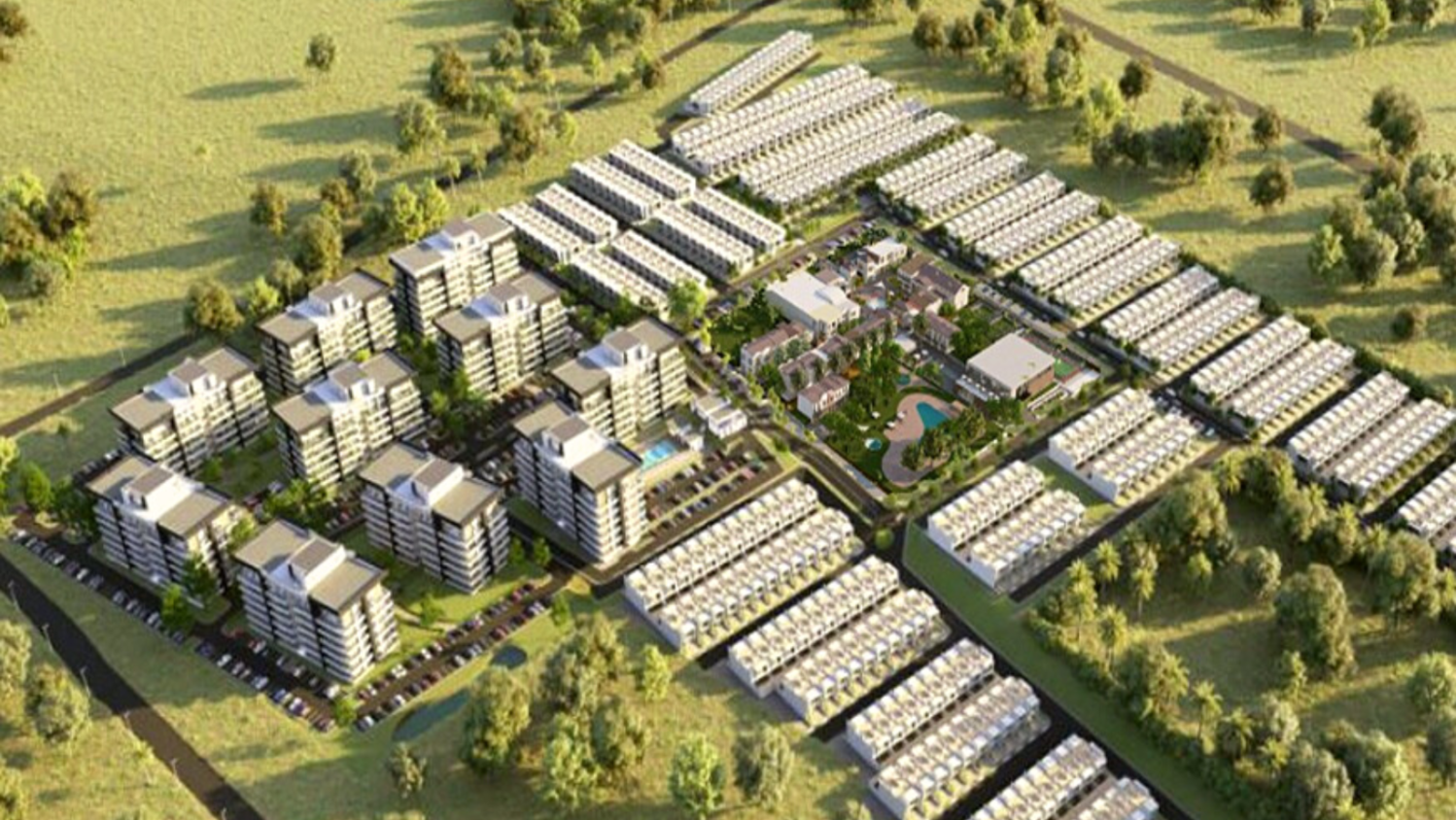Building 21st century Latin American communities
[SPONSORED CONTENT] Miraval’s integrated development model offers investors a secure way to profit from the region’s demand for better living conditions…

Latin America is changing. Over the past 50 years its population has more than doubled while it went from being an agricultural society to one of the most urban places on earth. That urbanisation continues apace, with 90% of Latin Americans expected to live in urban areas in 2050 up from 81% today. Just as important - though harder for investors to measure - are the massive cultural changes reshaping the region. Traditional extended family hierarchies are being replaced by smaller households, while socially-progressive views on issues such as sustainability and income equality have led to the election of more non-traditional governments.
Many of those changes are positive, helping to create a richer and fairer Latin America. But the massive population boom exposed a shortfall of housing in the region. The Inter-American Development Bank estimates that Latin America’s housing deficit stands at 23 missing million units plus a further 43 million houses that aren’t fit for purpose. The first figure refers to the quantitative shortfall – that is to say, the number of houses lacking in the region. While the second figure, refers to the qualitative shortfall – which is the number of houses that need to be built to replace current dwellings that are unsafe or unhealthy. The second number is so large because Latin America’s chaotic population explosion and poorly-planned urbanisation led to lots of poor-quality housing.

Latin America’s massive population growth – it grew more quickly than the world average from 1960 to 2005 – created those housing deficits. But now cultural factors are defining them as the average household size decreases across the region. This is being driven by extended families disconnecting and moving into their own homes, higher divorce rates and lower childbirth rates. The pandemic also reshaped the housing market, with the shift to working from home encouraging buyers to look for more spacious houses, further from the city centre. There is a new generation of young, professional Latin American that wants to enjoy living with friends or on their own between leaving their childhood home and starting a new family. These social factors are hard for investors to quantify but the results are consistent. For example, a study on Latin American housing by the MIT found that every Argentine household has on average 2.9 people living in it – down from 4.3 in 1960. Latin American builders are working hard to plug the deficit, with the region’s construction sector expected to expand at a CAGR 4.6% between 2020 and 2025.
Innovative model
So, there is a clear need to not just build more houses in Latin America but better houses. And that’s where Miraval comes in. It is the first European sustainable developer with a focus on Latin America. It doesn’t just build houses but sustainable microcities, with sports facilities, health and educational institutions and commercial amenities. They are secure, gated communities, which has a strong appeal for people living in Latin America’s disordered cities.
Miraval strategically targets fast-growing provinces, close to jobs and transport infrastructure, where a growing middle class wants – and can afford – the better standard of living that Miraval’s projects offer. Take Colombia, for example. In 2050, 54% of the population will be middle class, up from 21% today. That’s even more impressive when you consider that Colombia is already Latin America’s third-largest country and is in the middle of a demographic boom. There will be 18 million extra people living in Colombia’s cities by 2050, requiring the construction of 5 million new homes.
At present, Miraval has five projects in various stages of planning, construction and delivery in Colombia, where experts calculate an extra 400,000 houses must be built per year to close the deficit. But it is also targeting countries with similar characteristics, such as Panama, the Dominican Republic, Ecuador and Costa Rica. In Ecuador, the government puts the housing deficit around 2 million units and says it is growing at 40,000 houses per year. While in the Dominican Republic, the United Nations Development Programme estimates the housing deficit is 1.3 million residences.

Miraval’s integrated model makes it stand out from other developers. It controls every step of the process: land acquisition, project design, house construction, sales and then asset management. The advantage of this approach is that Miraval can ensure the final product appeals to the next generation of Latin American homebuyers. For example, it uses eco construction techniques to minimise the environmental impact. It also designs and operates integrated water systems, that preserve the integral water cycle and protect our planet’s most important asset; and plans to generate renewable energy to power the project. The result is a sustainable, high-quality development that ties in with what consumers and local authorities in the region demand.
The integrated model also brings advantages to the investors backing Miraval. Because it adds value at every stage of the project, it can increase investor returns. Meanwhile the decision to remain as the project operator, generates stable, long-term earnings for asset management and utility services. Indeed, Miraval’s sustainable ethos doesn’t just attract clients. It also de-risks the investment as it aligns the projects with the major social trends reshaping Latin America.
20th century Latin America was defined by the rapid growth of chaotic cities but in the 21st century, the region will be shaped by the demand for better living standards aligned with the 2030 Agenda for Sustainable Development. Miraval, which is developing sustainable, high-quality housing solutions, gives exposure to this powerful investment theme.